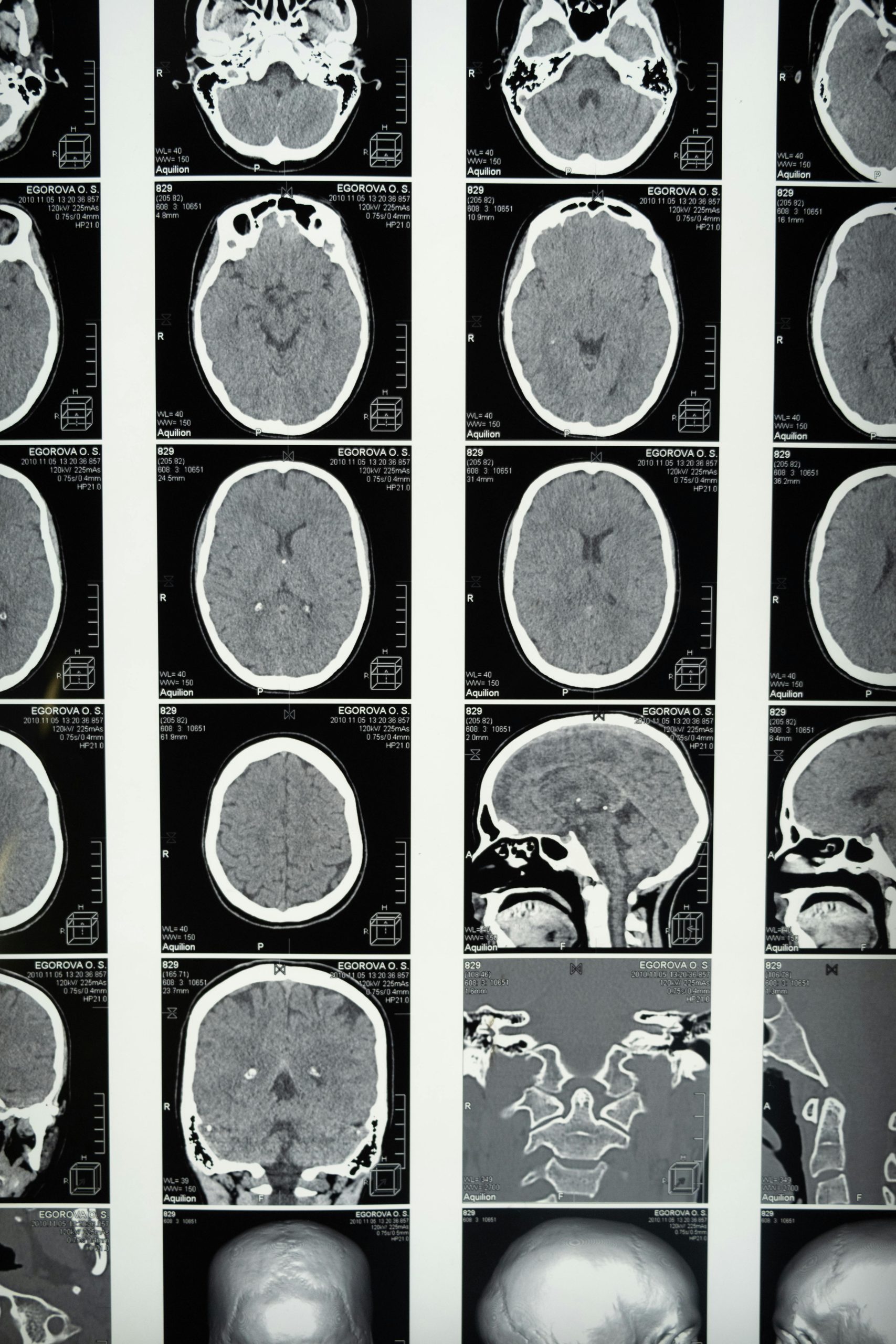The field of radiology is undergoing a transformative revolution, thanks to the rapid advancements in artificial intelligence (AI). AI-powered tools are now being integrated into radiological practices, enabling faster, more accurate diagnostics while reducing the burden on healthcare professionals. From detecting anomalies in X-rays to predicting disease progression, AI is reshaping how radiologists interpret medical images. This article explores the cutting-edge AI tools that are enhancing radiology, their benefits, and the future of AI-driven diagnostics.
How AI is Revolutionizing Radiology
AI in radiology leverages machine learning algorithms, deep learning, and computer vision to analyze medical images with remarkable precision. These tools can identify patterns and anomalies that may be missed by the human eye, improving diagnostic accuracy. For instance, AI algorithms can detect early signs of lung cancer in CT scans or identify fractures in X-rays with high reliability.
One of the most significant advantages of AI is its ability to process vast amounts of data quickly. Radiologists often face heavy workloads, leading to potential fatigue and errors. AI assists by prioritizing urgent cases, flagging abnormalities, and even providing preliminary reports, allowing radiologists to focus on complex cases.
Key AI Tools Transforming Radiology
1. Computer-Aided Detection (CAD) Systems
CAD systems have been used for years, but AI has significantly enhanced their capabilities. These systems analyze medical images to highlight potential areas of concern, such as tumors or lesions. For example, AI-powered CAD can detect breast cancer in mammograms with higher accuracy than traditional methods, reducing false positives and negatives.
2. Deep Learning for Image Segmentation
Deep learning models excel at segmenting medical images, distinguishing between different tissues, organs, or pathological structures. This is particularly useful in MRI and CT scans, where precise segmentation can aid in diagnosing conditions like brain tumors or cardiovascular diseases. AI-driven segmentation tools save time and improve consistency in measurements.
3. Natural Language Processing (NLP) for Report Generation
NLP algorithms can analyze radiology reports and extract critical information, helping radiologists generate structured reports more efficiently. Some AI tools even convert spoken notes into written reports, streamlining workflow and reducing administrative burdens.
4. Predictive Analytics for Disease Progression
AI doesn’t just diagnose—it can also predict. By analyzing historical patient data and imaging results, predictive models can forecast disease progression, such as the likelihood of a tumor becoming malignant. This enables earlier interventions and personalized treatment plans.
Benefits of AI in Radiology
The integration of AI into radiology offers numerous benefits, including:
- Improved Accuracy: AI reduces human error by detecting subtle abnormalities that might be overlooked.
- Faster Diagnoses: AI tools can analyze images in seconds, speeding up the diagnostic process.
- Enhanced Workflow Efficiency: Automating routine tasks allows radiologists to focus on critical cases.
- Cost Savings: Early and accurate diagnoses can reduce unnecessary tests and treatments.
- Better Patient Outcomes: Timely detection of diseases leads to earlier interventions and improved recovery rates.
Challenges and Future Directions
Despite its potential, AI in radiology faces challenges. Data privacy concerns, the need for large annotated datasets, and regulatory hurdles must be addressed. Additionally, AI tools should complement—not replace—radiologists, ensuring human oversight remains central to patient care.
Looking ahead, AI will continue to evolve, with advancements in explainable AI (XAI) making algorithms more transparent and trustworthy. Integration with electronic health records (EHRs) and telemedicine platforms will further enhance AI’s role in radiology, enabling seamless collaboration across healthcare systems.
Conclusion
AI is undeniably transforming radiology, offering tools that enhance speed, accuracy, and efficiency in diagnostics. From CAD systems to predictive analytics, these innovations are empowering radiologists to deliver better patient care. While challenges remain, the future of AI in radiology is bright, promising even more sophisticated solutions that will redefine medical imaging. As AI continues to advance, its partnership with radiologists will be key to unlocking its full potential in healthcare.
